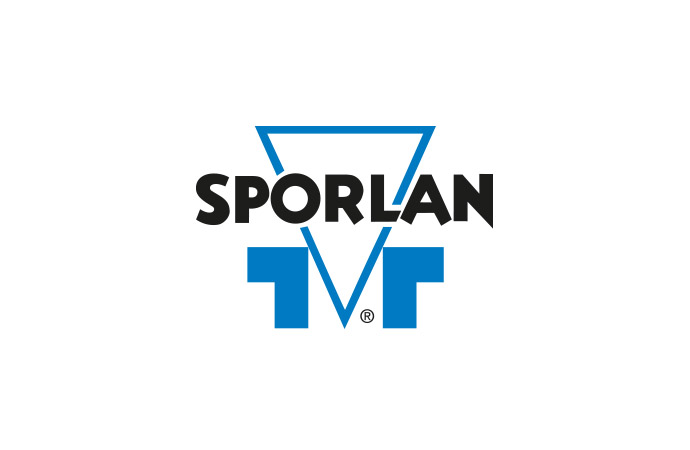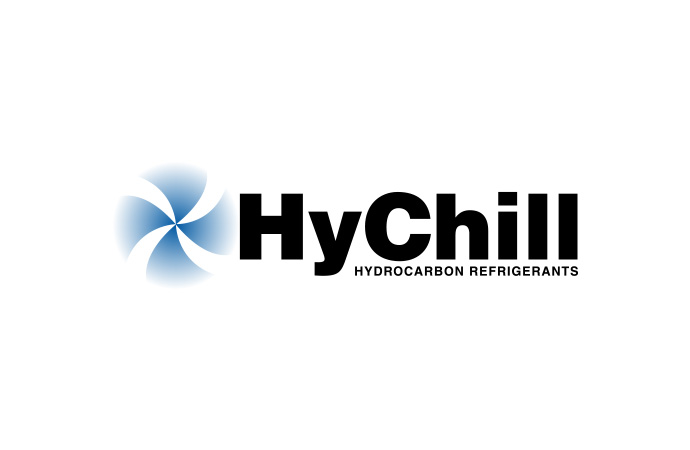The Department of Energy has completed energy efficiency standards for refrigerated beverage vending machines. Each machine will be subject to a maximum level of energy consumption, and manufacturers could meet these standards with their own choice of design methods. In the meantime, new standards for household refrigerators are expected by end of 2010.

On 1 September 2009, U.S. Energy Secretary Steven Chu announced that the Department of Energy (DOE) has completed energy efficiency standards for refrigerated bottled or canned beverage vending machines, a product category for which no mandatory Federal energy conservation standards applied to date. The standards will require that each beverage vending machine be subject to a maximum level of energy consumption, and manufacturers could meet these standards with their own choice of design methods. Therefore, University of Southern Maine (USM) recommendation of a design standard that encourages the use of refrigerant gases that offer the lowest total life-cycle impacts was not embraced.
Standard Levels for Beverage Vending Machines
These standards will apply to all beverage vending machines manufactured for sale in the United States, or imported to the United States, starting in 2012 and will exclude combination vending machines that also have non-refrigerated volumes for the purpose of vending other, non-“sealed beverage” merchandise. Expressed in maximum daily energy consumption (MDEC) and measured in kWh/day, the standard levels are:
, where V is the refrigerated volume (ft3), †: Trial Standard Level (TSL) 6 and ††: TSL 3.
Class A comprises beverage vending machines that cool products throughout the entire refrigerated volume of the machine. Class A machines generally use “shelf-style” vending mechanisms and a transparent (glass or polymer) front. Because the next-to-be-vended product is visible to the customer and any product can be selected by the customer off the shelf, all bottled or canned beverage containers are necessarily enclosed within the refrigerated volume.
In Class B beverage vending machines, refrigerated air is directed at a fraction (or zone) of the refrigerated volume of the machine. This cooling method is used to assure that the next-to-be-vended product will be the coolest product in the machine. These machines typically have an opaque front and use a “stack-style” vending mechanism.
New standard levels for household refrigerators expected by end of 2010
The Energy Independence and Security Act of 2007 (EISA) required the U.S. Department of Energy to review and amend energy conservation standards for residential refrigerators, refrigerator-freezers, and freezers. DOE is currently developing amended standards. DoE is required to publish a final rule by December 31, 2010, to determine whether to amend the standards in effect for refrigerators, refrigerator-freezers, and freezers manufactured on or after 1 January 2014.
Awaiting approval to use hydrocarbons
Already in October 2008, General Electric announced that it had formally requested the approval of the US Environmental Protection Agency (EPA), under the Significant New Alternatives Policy (SNAP) program, to produce hydrocarbon (isobutane) domestic refrigerators for the US market as of 2010. The approval of isobutane under SNAP will pave the way for the use of low-GWP refrigeration technology in the U.S.
Similarly, ice cream maker Ben & Jerry’s had to obtain permission from the EPA to test up to 2,000 freezers over the coming years. The company hopes that at the end of the trial period the lengthy EPA SNAP approval process will have found hydrocarbons to be acceptable for general use, finally opening up the U.S. market for a widespread commercialisation of HCs.
In the meantime, the American Society of Heating, Refrigerating and Air-Conditioning Engineers (ASHRAE) has issued a position paper on natural refrigerants. Hydrocarbons are described as having excellent environmental, thermodynamic, and thermo-physical properties, with applications in systems with small charges including domestic refrigerator/freezers and portable air conditioners, stand-alone commercial refrigeration systems including beverage and ice-cream machines, as the primary refrigerant in centralised indirect systems for supermarket refrigeration and chillers in the range 1kW – 150 kW.
Standard Levels for Beverage Vending Machines
These standards will apply to all beverage vending machines manufactured for sale in the United States, or imported to the United States, starting in 2012 and will exclude combination vending machines that also have non-refrigerated volumes for the purpose of vending other, non-“sealed beverage” merchandise. Expressed in maximum daily energy consumption (MDEC) and measured in kWh/day, the standard levels are:
| Equipment Class | Maximum Daily Energy Consumption (MDEC) kWh/day |
| A | MDEC = 0.055 x V + 2.56† |
| B | MDEC = 0.073 x V + 3.16†† |
, where V is the refrigerated volume (ft3), †: Trial Standard Level (TSL) 6 and ††: TSL 3.
Class A comprises beverage vending machines that cool products throughout the entire refrigerated volume of the machine. Class A machines generally use “shelf-style” vending mechanisms and a transparent (glass or polymer) front. Because the next-to-be-vended product is visible to the customer and any product can be selected by the customer off the shelf, all bottled or canned beverage containers are necessarily enclosed within the refrigerated volume.
In Class B beverage vending machines, refrigerated air is directed at a fraction (or zone) of the refrigerated volume of the machine. This cooling method is used to assure that the next-to-be-vended product will be the coolest product in the machine. These machines typically have an opaque front and use a “stack-style” vending mechanism.
New standard levels for household refrigerators expected by end of 2010
The Energy Independence and Security Act of 2007 (EISA) required the U.S. Department of Energy to review and amend energy conservation standards for residential refrigerators, refrigerator-freezers, and freezers. DOE is currently developing amended standards. DoE is required to publish a final rule by December 31, 2010, to determine whether to amend the standards in effect for refrigerators, refrigerator-freezers, and freezers manufactured on or after 1 January 2014.
Awaiting approval to use hydrocarbons
Already in October 2008, General Electric announced that it had formally requested the approval of the US Environmental Protection Agency (EPA), under the Significant New Alternatives Policy (SNAP) program, to produce hydrocarbon (isobutane) domestic refrigerators for the US market as of 2010. The approval of isobutane under SNAP will pave the way for the use of low-GWP refrigeration technology in the U.S.
Similarly, ice cream maker Ben & Jerry’s had to obtain permission from the EPA to test up to 2,000 freezers over the coming years. The company hopes that at the end of the trial period the lengthy EPA SNAP approval process will have found hydrocarbons to be acceptable for general use, finally opening up the U.S. market for a widespread commercialisation of HCs.
In the meantime, the American Society of Heating, Refrigerating and Air-Conditioning Engineers (ASHRAE) has issued a position paper on natural refrigerants. Hydrocarbons are described as having excellent environmental, thermodynamic, and thermo-physical properties, with applications in systems with small charges including domestic refrigerator/freezers and portable air conditioners, stand-alone commercial refrigeration systems including beverage and ice-cream machines, as the primary refrigerant in centralised indirect systems for supermarket refrigeration and chillers in the range 1kW – 150 kW.
MORE INFORMATION
Related stories





